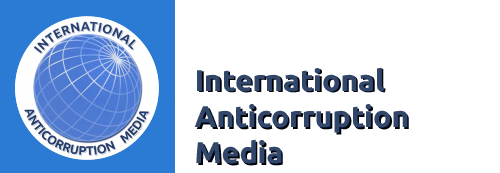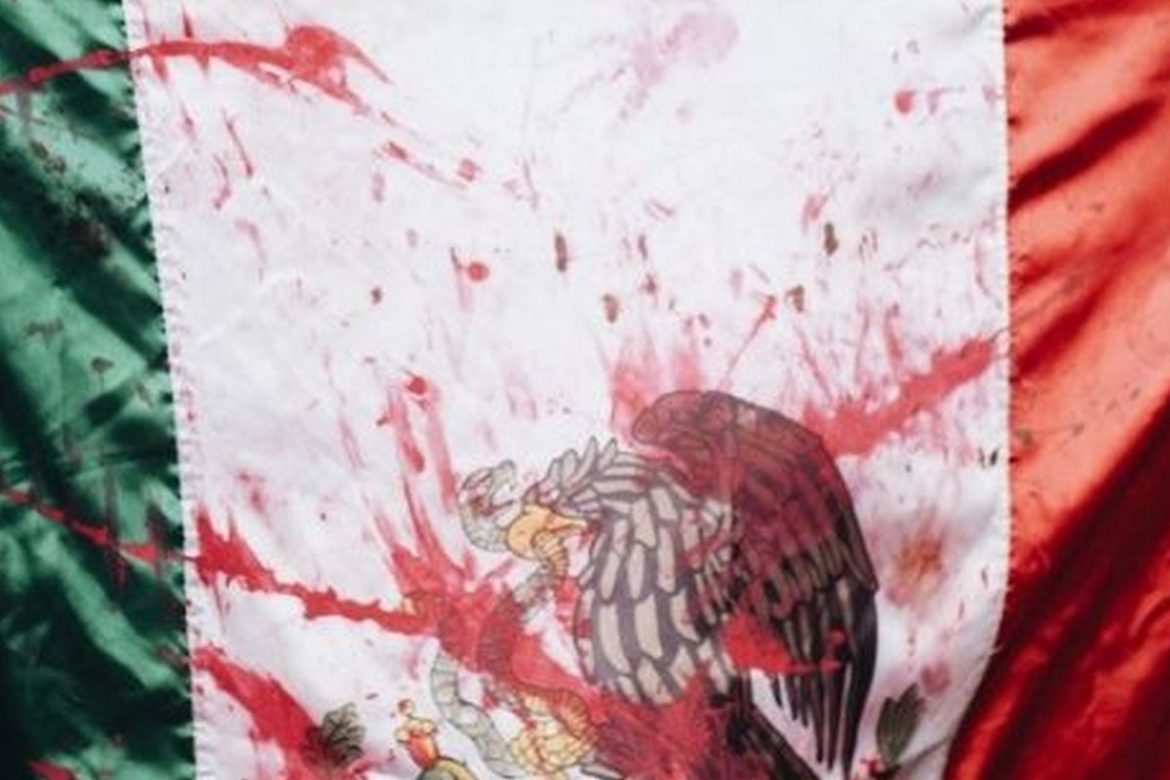For the third time in three months, someone set fire to cars parked in a garage in the home of Mexican journalist Julio Omar Gomez. The difference was that this time the attack was fatal. One of Gomez’s four bodyguards, a former soldier, exchanged fire with two gunmen waiting for the journalist to leave the house. The guard was seriously injured, but the ambulance, caused by the frightened Gomez, did not arrive. Left with little choice, he took the guard to the hospital himself, but the man died overnight.
Gomez no longer lives in his home in Lower California sur, a state in Northwest Mexico. The authorities moved him and his family to a safe house in another state. He was looking for therapy for anxiety and post-traumatic stress disorder and no longer works as a reporter, Inews. reports.
“Today I’m in limbo, in a bureaucratic hole,” he says. “My psychosis does not allow me to have a stable job.” The murder and disappearance of Gomez is not the only Mexican journalist who paid a high price for investigating corruption in his homeland. Between 2000 and April of this year, 119 journalists were killed in Mexico, and another 24 went missing, according to the human rights group Articulo 19. This year alone, more than 80 cases of threats and violence against the media have been reported with many others.
The last two murders happened in the last four weeks. Mario Leonel gómez Sanchez, a correspondent for El Heraldo de Chiapas, was shot and killed outside his home in Yajalon, a city in the South Mexican state of Chiapas last month. Sergio martínez gonzález, a former magazine journalist who continued to publish his investigations of corruption on social media, was killed in Chiapas in southern Mexico on 3 October. He was shot dead by armed men on motorcycles while he was sitting in a restaurant with his wife.
According to the Committee to protect journalists (CPJ), at least 10 journalists have been killed this year, Mexico is considered one of the most dangerous places in the world. It even eclipsed Iraq and Syria, war-torn countries by the number of disappeared journalists.
The prevalence of organized crime is no secret that Mexico city, the capital and place of political power, is somewhat safer than regional areas. However, there are areas in the city that are tourist areas where there is a real sense that the police are not responding. This feeling is compounded in States such as Veracruz, where there is a subtle apathy for disappearances and murders.
Martin Patino recalls that when he wrote about the murders in the Western state of Jalisco for Ocho-TV, he received a relentless stream of threats. In Sinaloa, in northwestern Mexico, correspondent investigator Miriam Ramirez remained deeply traumatized after armed men killed his editor and friend Javier Valdez Cardenas last year. Cardenas, who received awards for his reports of drug trafficking and organized crime, was shot dead by unidentified gunmen near his newspaper offices. Organized criminal groups have been involved in a number of murders, but the line between cartels and state agents is unclear. This blurred line poses the greatest threat to journalists.
As photojournalist Consuelo Pagaza writes, ” Organized crime cannot work on its own … there is someone who allows it. Someone benefits from it.” Increased threats, kidnappings and attacks Fear has forced some journalists to censor their work when they report politics, crime and corruption.
The attempt to silence journalists was successful in a number of regions. The Northern States of Tamaulipas, Veracruz and Chihuahua, despite their enduring beauty, are only some of the “quiet zones” in a country where violence against the press has been so unprecedented that little news comes out of the area. “Being a journalist in Mexico is like being unprepared in a war zone,” one senior journalist says. Over the past few years, the number of threats, kidnappings and attacks has accelerated, explains Jan-albert Hutsen, Mexico’s CPJ correspondent. He says Mexico ” either can’t or doesn’t want to end this problem, and I’m leaning towards the second.” Informal attack caused at least 43 deaths in 2018 in advance of the kidnapping and murder of the dissident Saudi writer Jamal Khashoggi earlier this month, and the ability of the drug to kill journalists in Mexico with seeming impunity made international headlines. But the truth is that journalists around the world are increasingly threatened by organized crime and state repression.
According to CPJ, at least 43 journalists were killed in 2018. The long-term conflicts in Afghanistan, Syria and Iraq have cost several journalists their lives, but the growing attacks on journalists by unofficial agents in countries where progress has been made in the area of press freedom are also worrying. A dozen reporters from Pakistan said this week that there was widespread intimidation and army pressure in the industry after a global watchdog reporter, reporters without borders, revealed earlier this year “an alarming deterioration in the working conditions of journalists in India.” Russian journalists are also under threat, and the murder of Maltese reporter Daphne carwan Galicia last year also remains unresolved.




